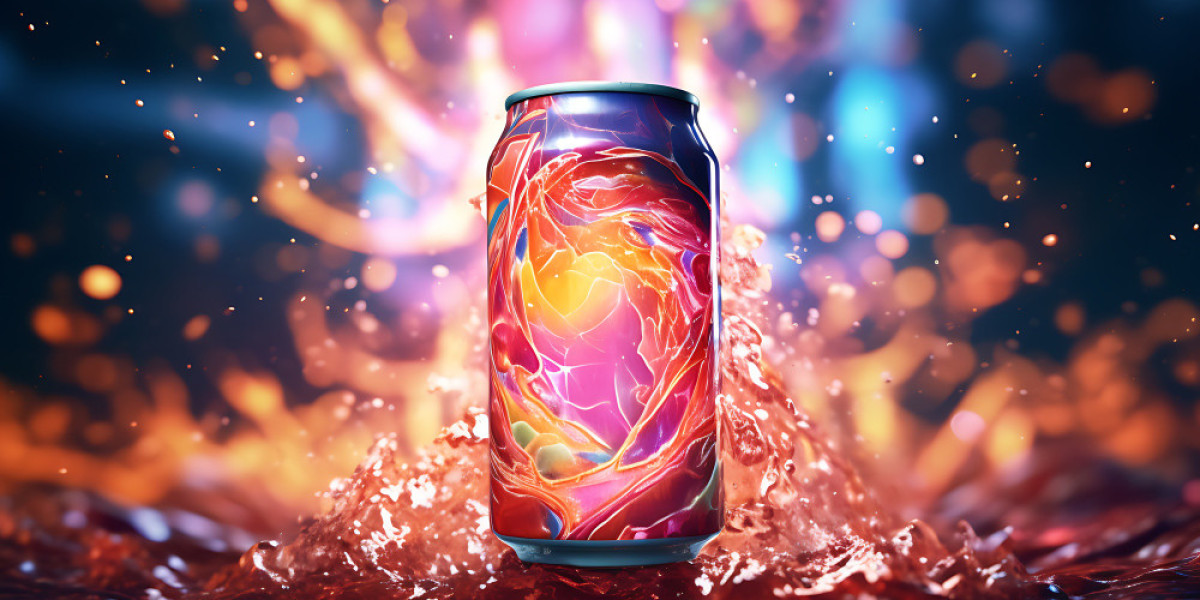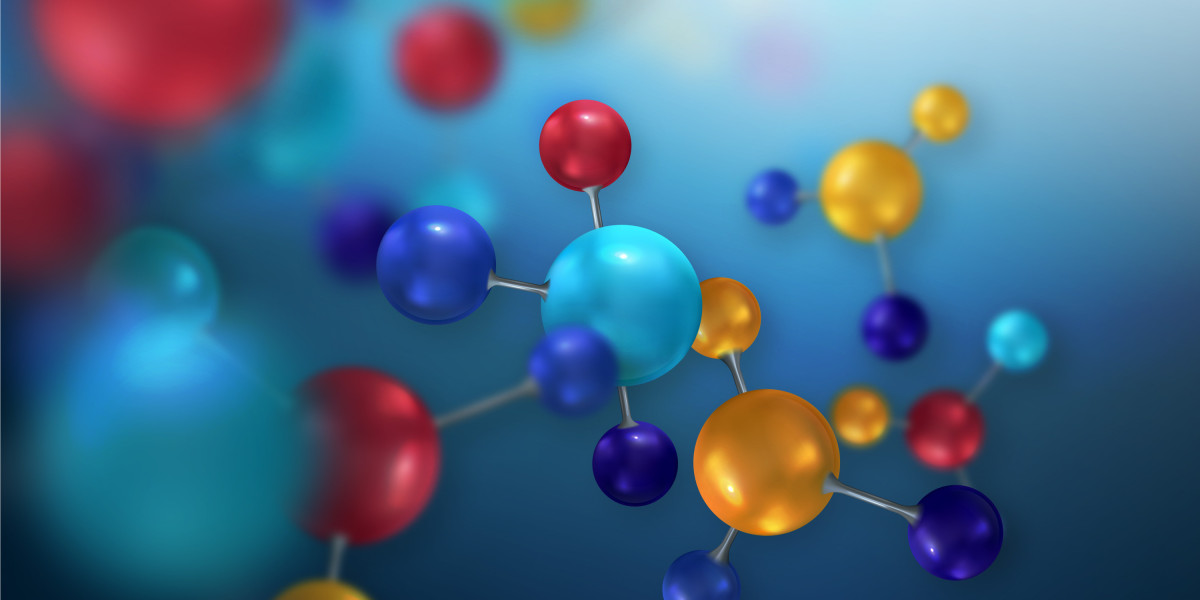Consumer Demographics and Behavioral Patterns
The energy drinks market has successfully captured diverse consumer segments through targeted marketing and product differentiation strategies. Primary consumers span multiple age groups, with the core demographic ranging from 18 to 35 years old, representing individuals in their most productive and demanding life phases.
Gender preferences show interesting variations, with male consumers traditionally dominating the market but female participation increasing significantly in recent years. This shift reflects changing social dynamics and the development of products specifically designed to appeal to female consumers, including those with lower caffeine content and flavors perceived as more feminine.
Income distribution among consumers reveals that energy drinks have achieved broad market penetration across economic strata, though premium products tend to attract higher-income consumers who view them as lifestyle accessories rather than mere functional beverages.
Workplace Integration and Professional Applications
The phenomenon of energy drinks for busy professionals has fundamentally altered workplace beverage consumption patterns. Modern professionals increasingly rely on these products to manage energy levels throughout demanding workdays, particularly in environments characterized by high stress, long hours, and intense mental demands.
Professional usage patterns vary significantly by industry and role. Emergency responders, healthcare workers, and security personnel often consume energy drinks during night shifts to maintain alertness and performance. Meanwhile, creative professionals may use them to overcome creative blocks or meet tight deadlines. The convenience factor makes these products particularly attractive in fast-paced work environments where traditional coffee preparation is impractical.
Market Innovation and Product Evolution
Contemporary trends in energy drinks reflect the industry's responsiveness to changing consumer preferences and health consciousness. Manufacturers have introduced numerous product variations, including sugar-free options, organic formulations, and products containing additional functional ingredients such as vitamins, minerals, and herbal extracts.
The trend toward personalization has led to the development of products targeting specific consumer needs and preferences. Gaming-focused energy drinks contain ingredients purported to enhance mental focus and reaction time, while fitness-oriented products emphasize pre-workout benefits and recovery support. This specialization has created numerous market niches and expanded the overall consumer base.
Motivational Psychology and Consumer Behavior
The psychological dimension of energy drinks for motivation represents a crucial component of their market success. These products have become associated with achievement, performance enhancement, and personal transformation, creating powerful emotional connections with consumers.
The motivational aspect extends beyond the physiological effects of caffeine and other ingredients. Many consumers report that the act of consuming an energy drink serves as a mental trigger, preparing them for challenging tasks or difficult situations. This psychological priming effect has been leveraged by marketers to position their products as tools for personal empowerment and success.
Industry Research and Market Intelligence
Sophisticated energy drinks market research methodologies provide crucial insights into consumer behavior, market trends, and competitive dynamics. Research firms employ various techniques including longitudinal studies, consumer panels, and real-time sales tracking to understand market movements and predict future trends.
Advanced analytics help researchers identify correlation patterns between consumer characteristics, purchasing behavior, and product preferences. This research foundation enables manufacturers to develop targeted marketing campaigns, optimize product formulations, and identify new market opportunities. Social media monitoring and sentiment analysis provide additional insights into consumer opinions and brand perception.
Health Implications and Scientific Evidence
The rapid growth of energy drinks has prompted extensive scientific research into their health effects and safety profiles. While moderate consumption by healthy adults is generally considered safe, excessive intake has been associated with various adverse effects including cardiovascular issues, anxiety, and sleep disturbances.
Recent studies have focused on understanding the interaction between caffeine, taurine, and other ingredients commonly found in energy drinks. Research has also examined the potential for dependency and withdrawal symptoms associated with regular consumption. These findings have informed regulatory decisions and influenced product development strategies.
Global Market Dynamics and Regional Variations
The international expansion of energy drinks has revealed significant regional differences in consumer preferences, regulatory environments, and market penetration strategies. European markets tend to favor products with natural ingredients and sustainable packaging, while Asian markets show strong preference for unique flavors and functional benefits.
Regulatory approaches vary considerably across jurisdictions, with some countries implementing strict age restrictions and labeling requirements, while others maintain more permissive policies. These regulatory differences have influenced global marketing strategies and product formulations, leading to regional variations in the same brands.
Future Prospects and Industry Evolution
The energy drinks industry continues to evolve rapidly, with emerging trends likely to shape its future trajectory. Sustainability concerns are driving innovation in packaging materials and ingredient sourcing, while health consciousness is pushing manufacturers toward cleaner formulations and transparent labeling.
Technological advances may enable the development of more effective and safer formulations, while changing consumer preferences could drive further market segmentation. The industry's ability to adapt to these changes while maintaining growth will determine its long-term success and societal impact. Continued research into health effects and regulatory developments will likely influence future market dynamics and consumer acceptance.
Latest Reports:-
Axillary Hyperhidrosis Market | Hyperhidrosis Market | Bacterial Pneumonia Market | Bacterial Meningitis Market | Bacterial Pyogenic Meningitis Market | Balloon Catheters Market | Balloon Catheters Market Market | B-cell Maturation Antigen Targeted Therapies Market | Fibrocystic Breast Condition Market | Bile Duct Cancer Market | Cholangiocarcinoma Market | Biliary Tract Cancers Market | Bk Virus Infection Market | Blood And Fluid Warming Market | Blood Glucose Monitoring Systems Market | Bone Grafts And Substitutes Market | Bone Growth Stimulator Market | Bone Neoplasms Market | Bone Resorption Market | Bradykinesia Market | Ductal Carcinoma In Situ Market | Breast Pumps Market | Bronchiectasis Market | Bronchitis Market | Bronchopulmonary Dysplasia Market | Bulimia Nervosa Market | Bunion Market | Calcinosis Cutis Market | Cancer Vaccines Market | Capnography Devices Market | Cardiopulmonary Autotransfusion Market | Ventricular Assist Devices Market








